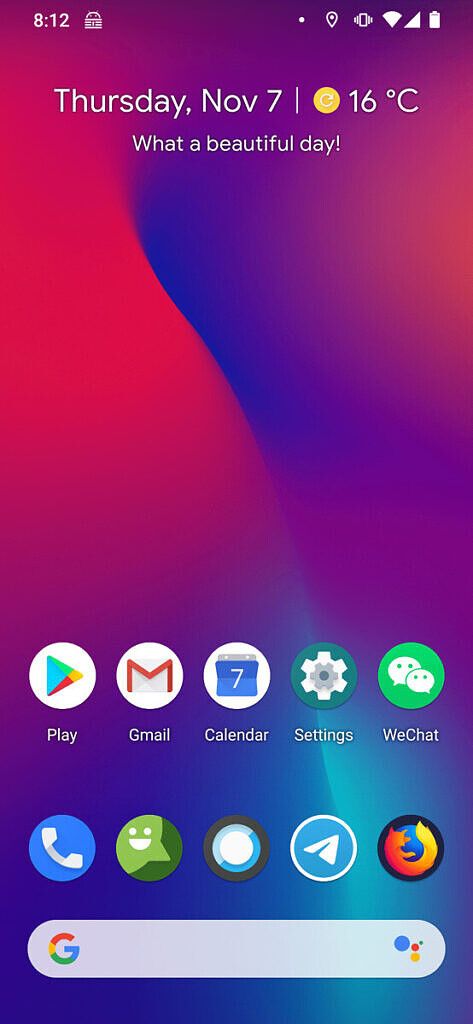The Recording Industry Association of America, Inc. (RIAA), the trade organization representing the recording industry in the U.S., filed a DMCA takedown notice last Friday for multiple GitHub repositories containing YouTube-DL code. YouTube-DL is an open-source Python library to download video and/or audio from YouTube and other video hosting sites. The library is incorporated into many different projects and applications, such as GetTube and arkTube on XDA and the popular open-source NewPipe app.
The RIAA filed a DMCA takedown alleging YouTube-DL violates the DMCA’s provisions against circumventing copyright protection systems (section 1201). As evidence, the RIAA cited comments in the YouTube-DL source code that informed users on how to test the program against videos that their members own the copyrights to. The tests where copyrighted material was linked were intended to make sure that the library can download a normal video, a video with an age limit, and a video that included dollar signs in the name. These 3 videos used for testing were music videos from Icona Pop, Justin Timberlake, and Taylor Swift.
“Indeed, the comments in the YouTube-DL source code make clear that the source code was designed and is marketed for the purpose of circumventing YouTube’s technological measures to enable unauthorized access to our member’s copyrighted works,” reads the RIAA’s complaint.
Regardless of the fact that these videos were used merely as tests for developers and not provided as sample uses, the RIAA alleges that the entire YouTube-DL project is explicitly designed to circumvent the copyright protection of its members, thus making the entire library illegal to distribute. Of course, the developers of YT-DL argue that the library is not intended for the sole purpose of circumventing the copyright protections of videos owned by RIAA members. YT-DL is obviously used by pirates, but it’s also a useful tool for archivists, researchers, journalists, etc., and it can be used to download videos with a CC license or which are public domain, such as government videos. Some creators also rely on the tool to download their own videos.
Although the DMCA is a U.S. law, it seems that the RIAA is also taking action against project developers in Europe. The takedown notice cites a decision from Germany’s Hamburg Regional Court, arguing that the same provisions apply in that country. Even if the RIAA’s claims are meritless—TechDirt points out that the U.S. Supreme Court ruled in Sony v Universal that tools with substantial non-infringing uses are not by themselves infringing—this matter needs to be settled by either the RIAA backing down or the YT-DL authors filing a counter-notice which would then be met by a lawsuit from the RIAA. A lawsuit would be difficult for a community-run, open-source project to manage, but the Electronic Frontier Foundation (EFF), a non-profit digital rights group, hints that it could get involved.
Youtube-dl is a legitimate tool with a world of a lawful uses. Demanding its removal from Github is a disappointing and counterproductive move by the RIAA. https://t.co/VUbTokd4cP
— EFF (@EFF) October 23, 2020
GitHub, for what it’s worth, has no choice but to comply with the DMCA takedown notice while this dispute is going on since they could be held liable if they did not. Thus, 18 GitHub repositories with YouTube-DL code were taken down, including the main repository. While the main repository has already been forked on other GitHub repositories, re-hosted on other code-sharing sites, and/or archived by developers privately and publicly, the RIAA can send additional takedown notices to this re-hosted code. It’s unclear if removing the problematic test cases and links to copyrighted videos would be enough for YouTube-DL to escape the RIAA’s complaints. Nonetheless, we will likely continue to see forks of the original project arise, with links to infringing content replaced with content uploaded by the developers themselves or content licensed under more open terms, like the Creative Commons license.
For projects that use YouTube-DL, the challenge—while the main YT-DL repo is down—will be updating their apps’ downloader code to keep working. YouTube is known to frequently change things up, which directly or indirectly breaks compatibility with YouTube-DL. However, the developers of YouTube-DL would eventually roll out fixes to get it working again. Since there’s no longer one central repository where it’s being developed, though, it will be harder for developers to collaborate and share fixes. YT-DL developers could work around this issue with alternatives like making a private GitLab server, but the future of the project remains unclear if the RIAA continues to pursue action.
Featured image: YouTube-DLG, a front-end GUI for youtube-dl
The post What you need to know about the RIAA’s DMCA takedown of YouTube-DL appeared first on xda-developers.
from xda-developers https://ift.tt/31LNkDx
via IFTTT









 Others questioned whether it was appropriate for any new company to profit from work donated to the community project, free of charge. Indeed some modules of the stack had to be rewritten when individual developers withdrew their support.
Others questioned whether it was appropriate for any new company to profit from work donated to the community project, free of charge. Indeed some modules of the stack had to be rewritten when individual developers withdrew their support.



